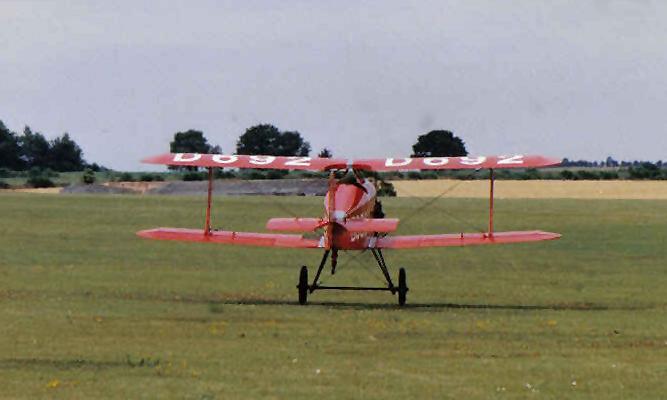

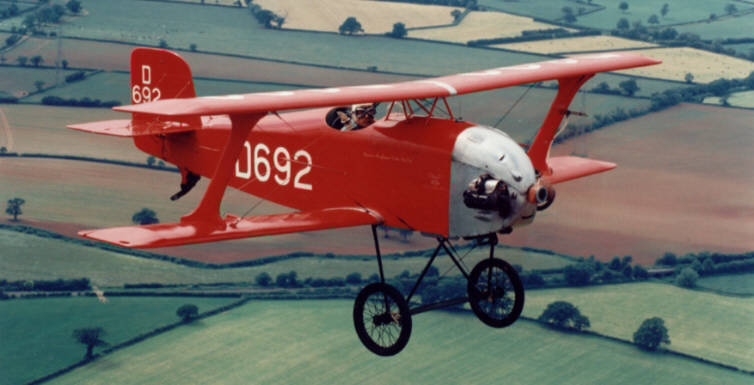
January 14, 2005
Hi Flitzerfans,
This is for interest - a sketch I came across when tidying the drawing office! A very early rough sketch of the projected machine, showing a flat-twin installation and other features that were later revised on the actual prototype.
Had smaller wheels been available, then an adequately steep ground angle could have been achieved with a straight top longeron line, and a steeper angle on the lower longerons, hence the short, simplifed skid shown here.
However, only larger wheels were available which then made the leg length look (aesthetically) very short. Lengthening the legs to visually harmonise, meant the the ground angle became too steep. So the skeg-assembly was introduced to carry the skid well below the fuselage, allowing the machine to stand taller on the ground, thus conveying the sense of a 'grown up' aeroplane. At the same time, a slightly curving upper longeron allowed the tailplane leading edge to submerge into the longeron, and a natural elevator gap was also achieved, above the rear longeron, for a clear 'arc of travel' using a continuous elevator spar, for strength and simplicity.
Sometimes virtues, born of necessities, are the best kind!
Regards,
Lynn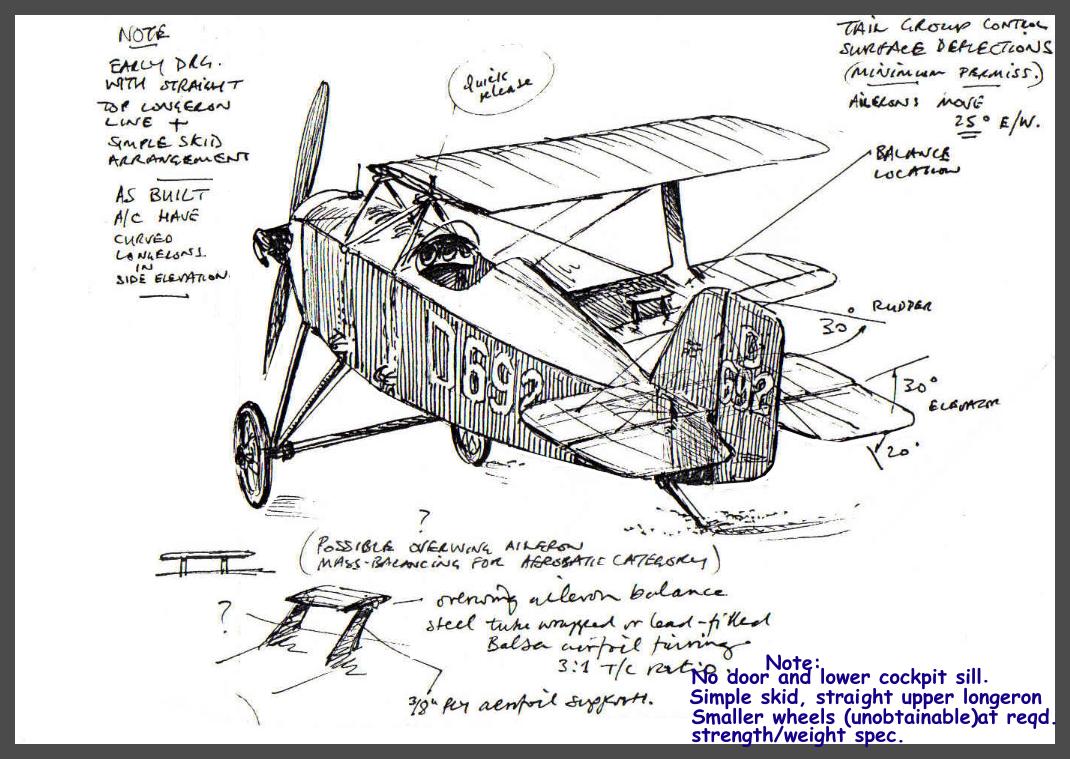
How did you know what the registration number was going to be so early on in the design process?
ChrisBecause that was always going to be the registration number! There were only a few (about 8) untaken registrations in the D69- series that were specifically held for aeroplanes of under 500 KG in the 1926 era. As these were either unclaimed, or the projects fell through after being reserved, or went undeclared for some other reason (secret aeroplane held under wraps for the Arctic Survey mission, itself a smokescreen for stealing the Romanov millions) it not only fitted the plot of the novel, but convinced many people, even in Germany, that the Z-1 Luftparasit was a genuine 'Staaken aeroplane'.
D692 was the earliest unclaimed registration in the batch
This has all been going on a long time!
Cheers,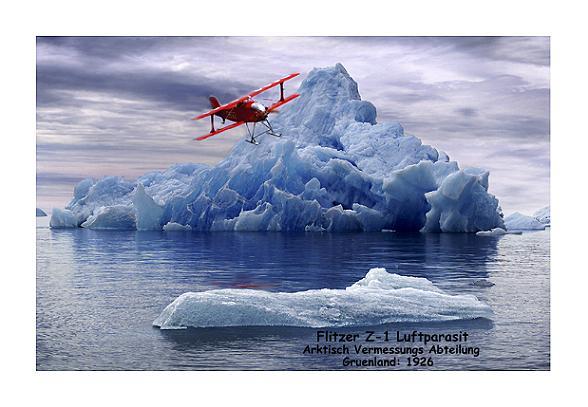
So you knew way back when that you were going to get one of these eight numbers?
ChrisIt wasn't accepted by the CAA as a genuine registration, and I had to apply to the German equivalent of the CAA, to carry these numbers.
The argument I applied was that German registrations had moved into four-letter registrations preceded by 'D' back in the 1930s, superseding the old D-prefixed number registrations, which started D-1 and continued to D-3000 something, before changing to comply with the rest of Europe, and use letters only. The difference was that Germany then used a 'D-Y, D-E, D-I, D-A' etc., dual prefix to more easily identify the aircraft within certain weight categories.
At the present time, (or at least when I was trying to gain an 'authentic'- style German 'period' registration fo the Z-1) only gliders contined to use a 'D' prefixed number system, and they used four digits.
By asking to paint a three-digit 'D' prefixed registration on the aeroplane therefore, I was not contravening any legal agreement regarding the display of national identity markings, since the ones I was requesting were, 1/obsolete, and 2/ as far as was known, had never been issued.
The head of the German aircraft licensing dept. had no objection, and seemed very enthusiastic about the little aeroplane and the storyline, and provided me with documentation and the permission to use 'D692', which I was then able to furnish to the CAA, who allowed me to use it for about 5 years, before finally withdrawing their permission.
At the time of this request, I had already painted the fuselage and rudder in these marks, and it only remained to decorate the four wing panels in the same way, in true 1920s fashion.
For the time being, however, she will fly as G-BVAW.
If I had wanted to call the machine an Albatros Dll replica, or something, I could, ironically, have painted it with iron crosses to look like the mount of Oswald Boelcke, and there would have been no objection from the CAA. But because I used a very distinctive registration scheme, which nobody could have mis-identified, but was not 'military' in origin, the permission was rescinded.
Such are the workings of bureaucracy.
Lynn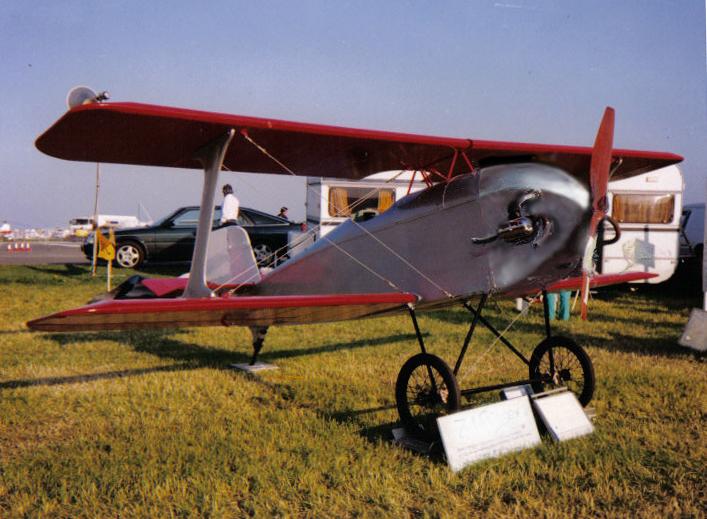 |
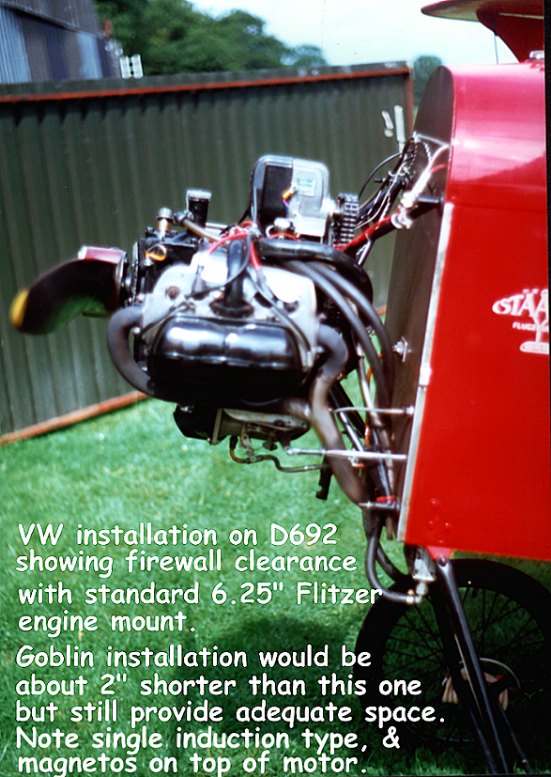 |
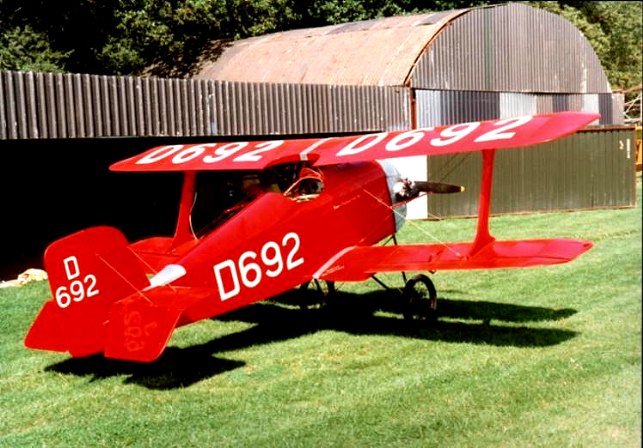 |
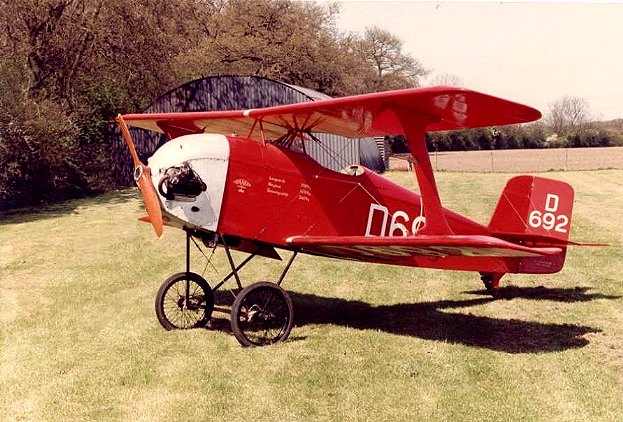 |
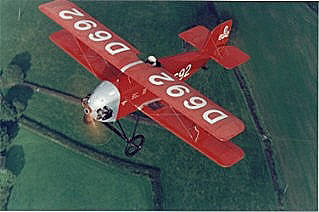 |
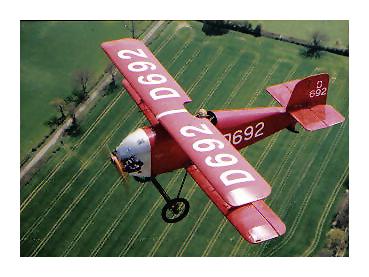 |
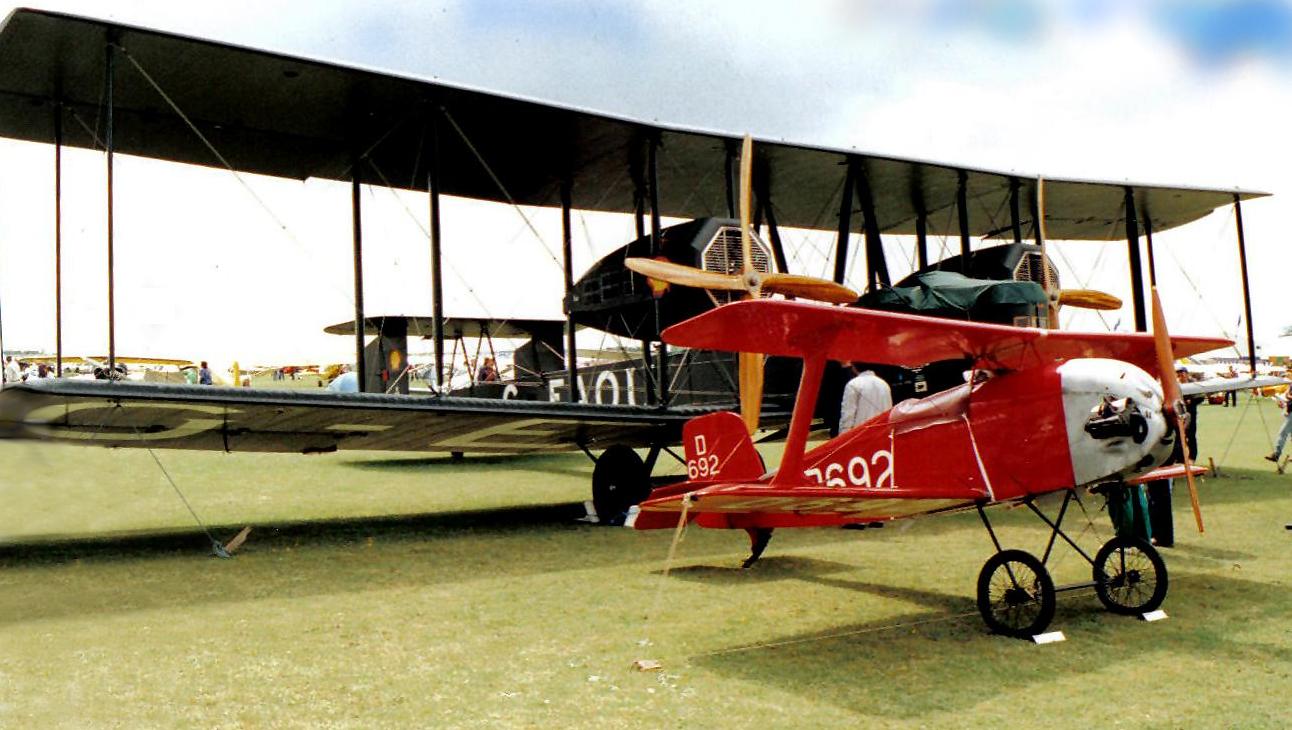 |
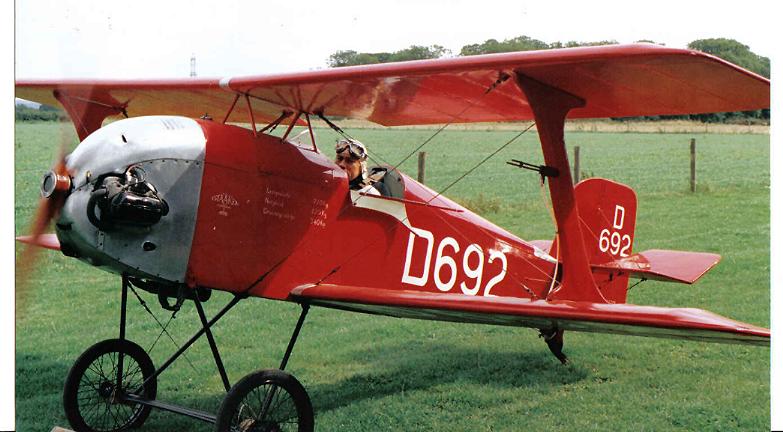
|
